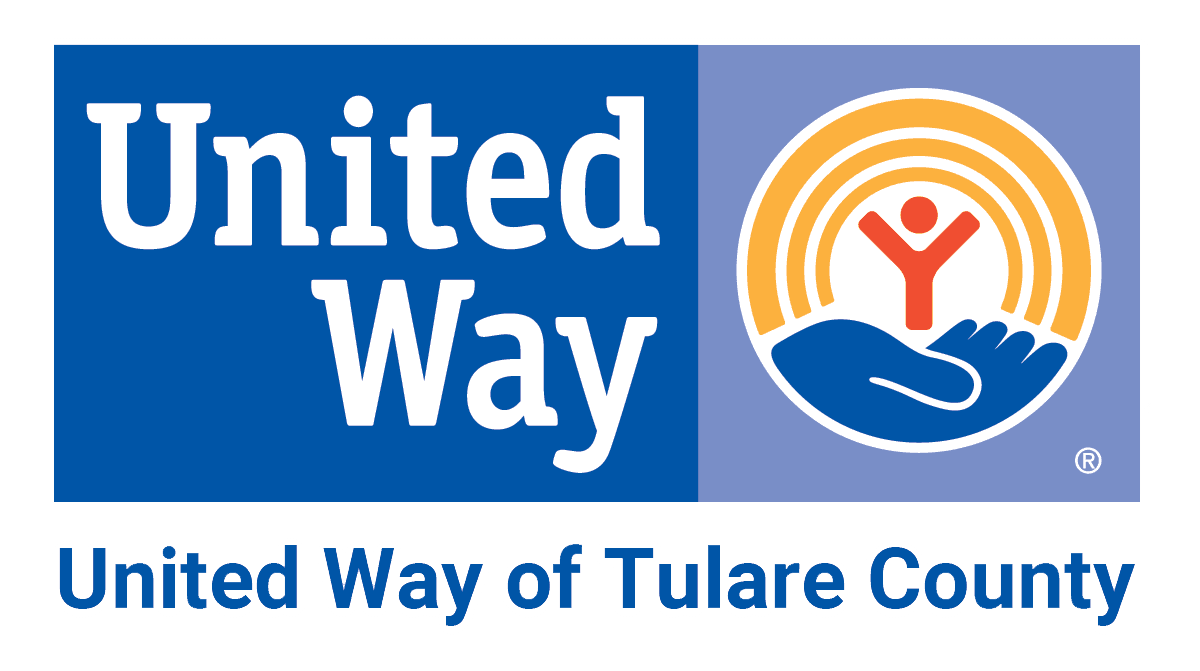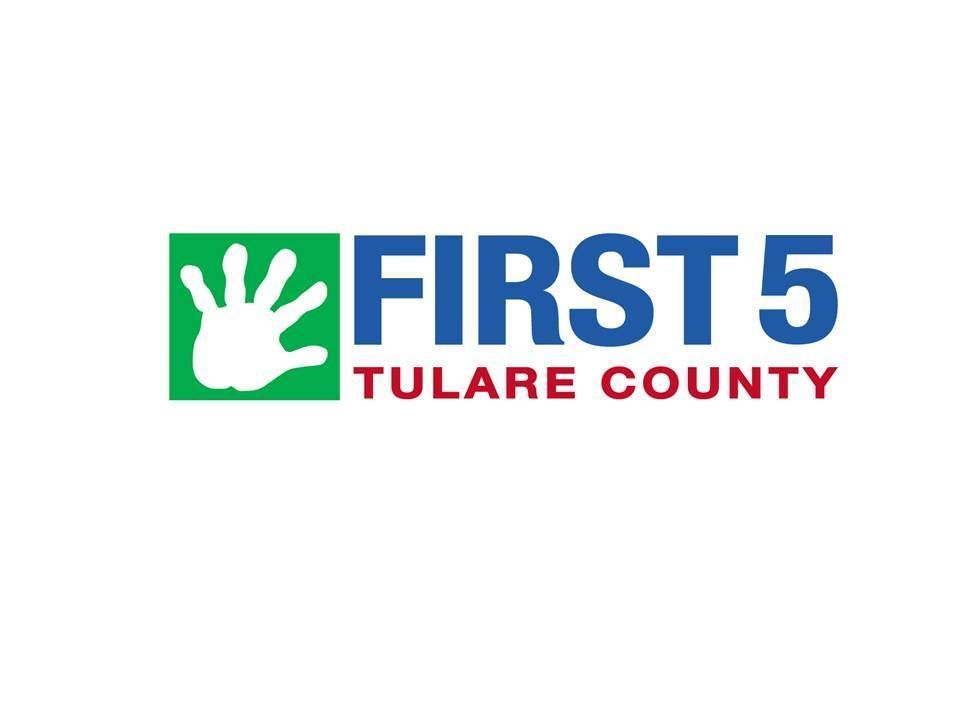Domestic Violence Services: Maria’s Story (Video):
Maria felt like she lived in a cage while she endured domestic violence for 10 years. But with help from Family Services, she broke free-- for herself and for her children-- and now her boys call their transitional housing apartment their palace.
Legal Services: Silvia’s Story
Silvia was so afraid of her husband that she hid an ice chest and food in her closet. Cooking was too dangerous. When he went outside or to the bathroom, Silvia would quickly and quietly sneak to the kitchen to replenish her supply of food and ice. Sometimes, if she knew he would be gone for a while, she would pull out the electric skillet she’d hidden and cook something warm to eat in the bathroom.
The physical and verbal abuse she had endured during 33 years of their marriage had brought her to this point, but one day an incident of violence left her fearing for her life. Silvia came to Family Services’ Legal Services program, frantic and desperate for a restraining order. A legal advocate helped her create a safety plan and complete the restraining order paperwork.
Silvia eventually decided that she wanted a divorce. She only wanted two things: to live in peace and to stay in the house where she had lived for 33 years and raised her children. Her abuser had an attorney, but she knew she couldn’t afford to pay for one. She was intimidated by the attorney’s requests to sign paperwork. Family Services’ Staff Attorney, Jennifer, was able to take on Silvia’s case and represent her in the divorce at no charge. Now Silvia could face her abuser and his attorney on equal standing. After weeks of preparation and negotiation, Silvia arrived at the courthouse early for her final divorce hearing.
“I sat waiting on the bench in the hall and I was so relaxed because I knew my lawyer would come and represent me,” Sylvia said.
With Jennifer’s help, Silvia got to keep the house in the divorce. But life in the house is completely different than before.
“Now my life is peaceful,” said Silvia. “Now I can laugh and share a joke. I can leave the door open and watch my little dogs play on the grass. I can come and go whenever I want. Before, I would only cry and think about how to hide food. Now I eat like a queen in my kitchen.”
Silvia is still getting used to her freedom, but she is looking forward to reaching some of the goals she has set for herself, including taking a computer class and finding a part-time job that would help her save up for home repairs.
“It was a hard 33 years. God, Family Services, and Jennifer helped me through all of this,” she said.
Supportive Housing: Manuel’s Story
Manuel looked down at his shoes. They were worn out. He was worn out. He had survived domestic violence and maintained sole custody of his three children for over a decade. But his ongoing struggle with homelessness, coupled with his untreated, chronic mental and physical health conditions, left him feeling short on hope. He looked up at Cheryl, his Family Services Supportive Housing Case Manager.
“All I need is a safe place to get on my feet,” said Manuel.
Manuel became Family Services’ first male domestic violence survivor to be placed in transitional housing. Manuel cried when he saw his family’s new home, asking, “What did I do to deserve such a chance?”
Cheryl worked with Manuel to help him get his health under control. He started receiving mental health services at Family Services’ Counseling Center and pursuing medical treatment for his diabetes and a long-needed surgery. Perhaps the most telling indicator of the newfound stability and health in Manuel’s household is that his three children all raised their grades in school from D’s and F’s to A’s and B’s.
Today, Manuel is looking for his own permanent housing. Manuel not only got on his feet, but he and his kids are thriving.
Sexual Assault Services: Alicia’s Story
Ghosts. Everywhere. Her step-father had been arrested and was in jail, but 16-year- old Alicia was haunted by horrible memories of the sexual abuse he had forced her to endure for five years. She was still living in the house where all the abuse had happened, and the painful reminders that were everywhere she turned were too much to bear. Alicia was in extreme crisis.
At Family Services’ Rape Crisis Center, Alicia got the immediate crisis counseling she needed. Her Victim Advocate, Raquel, also connected her to other services like the District Attorney’s Office’s Victim Witness Assistance Division, which helped Alicia’s family relocate to a new home. Alicia started attending regular therapy sessions to begin the healing process.
But as she was trying to heal, Alicia faced yet another challenge: her step-father’s criminal trial. At first, Alicia said she would never be able to testify in court. Alicia regularly contacted Raquel for crisis counseling. Raquel focused on Alicia’s strengths and continuously praised her for her bravery in coming forward and reporting the crimes.
With Raquel’s support every step of the way, and the strong collaboration among Family Services, Child Welfare Services, Law Enforcement, and the District Attorney’s Office, Alicia displayed a dramatic improvement in her mental stability and personal strength by the time of the trial. At the last minute, her step-father took a plea and Alicia didn’t have to testify after all. She was relieved, but said she would have been willing and ready to testify if she had to.
Family Services supported Alicia through the unimaginable. Recovering from sexual abuse is a lifelong process, and Alicia may continue to confront those ghosts of her abuse for a long time. Alicia displayed great bravery and strength at a young age, and today, she is committed to continuing to recover and living a healthy life.
Mental Health Services: Ramona’s Story as told by Leticia, a Therapist at Family Services
Ramona, a survivor of domestic violence and a mom of three, gives me hope. When I met Ramona at our first therapy session this spring, she had been enduring domestic violence for 20 years and was facing the opportunities and challenges that come with living independently for the first time. Ramona had very limited resources to start with. She had no driver’s license, no work history, no experience managing household finances, and was illiterate. Ramona and I have been working together to identify small steps she can take to become independent, build her self-esteem, and begin to trust others again.
She has made incredible progress in just a few months, steadily setting and working toward her goals. Two of the big ones: She is learning to drive alongside her teenage daughter, and she has secured employment. A positive side effect of her own personal progress is that her three children are becoming more independent themselves. They no longer expect her to do everything for them, and are taking more responsibility for their own choices and routines. As a therapist, it is so rewarding to see clients reap the benefits of their hard work.
Children’s Counseling: Sofie’s Story:
Sofie, a victim of child sexual abuse, was able to process her trauma, talk with her parents about what happened, and find hope again with help from her Child Therapist at Family Services’ Children’s Counseling Center.



